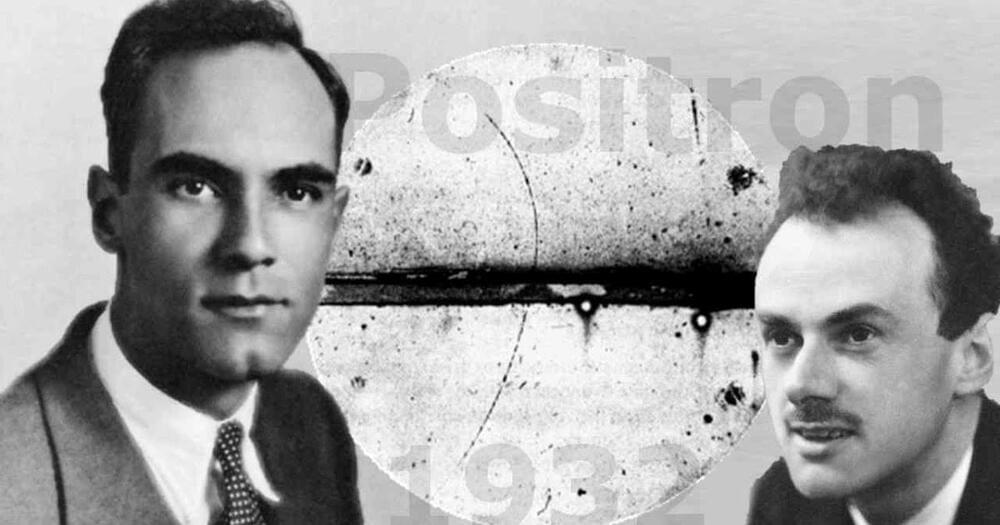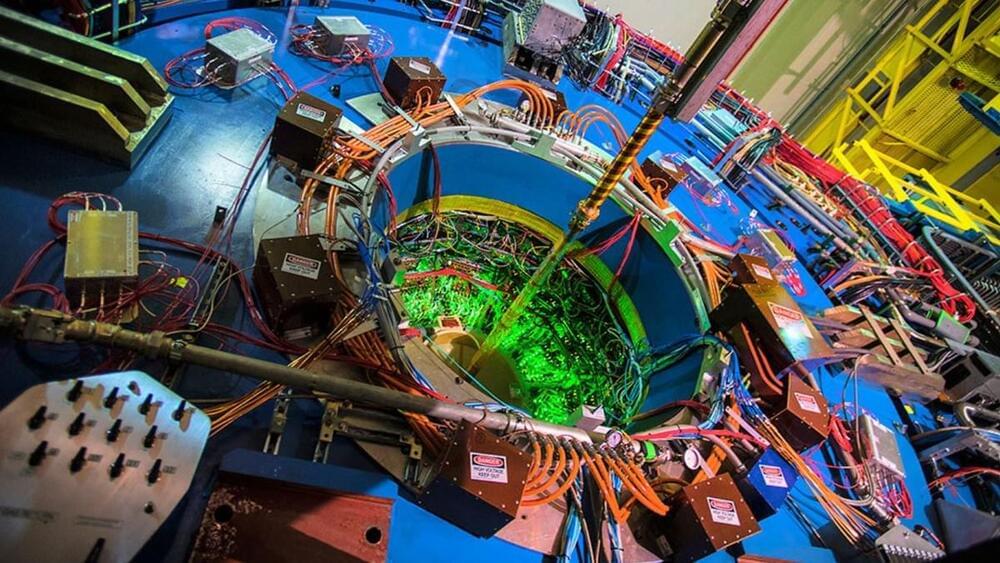Forty-six representations of ancient Egyptian goddesses were found in a mural completely covered in bird dung in an ancient temple.
During ancient times, the ancient Egyptians built Esna on the west bank of the River Nile: the city that served as a center of power in Upper Egypt. While they were in office, public buildings and temples were decorated with ornate murals dedicated to gods from the sacred pantheon. Over time, the ancient ceremonial centers became covered in sand, dust, and animal feces.





